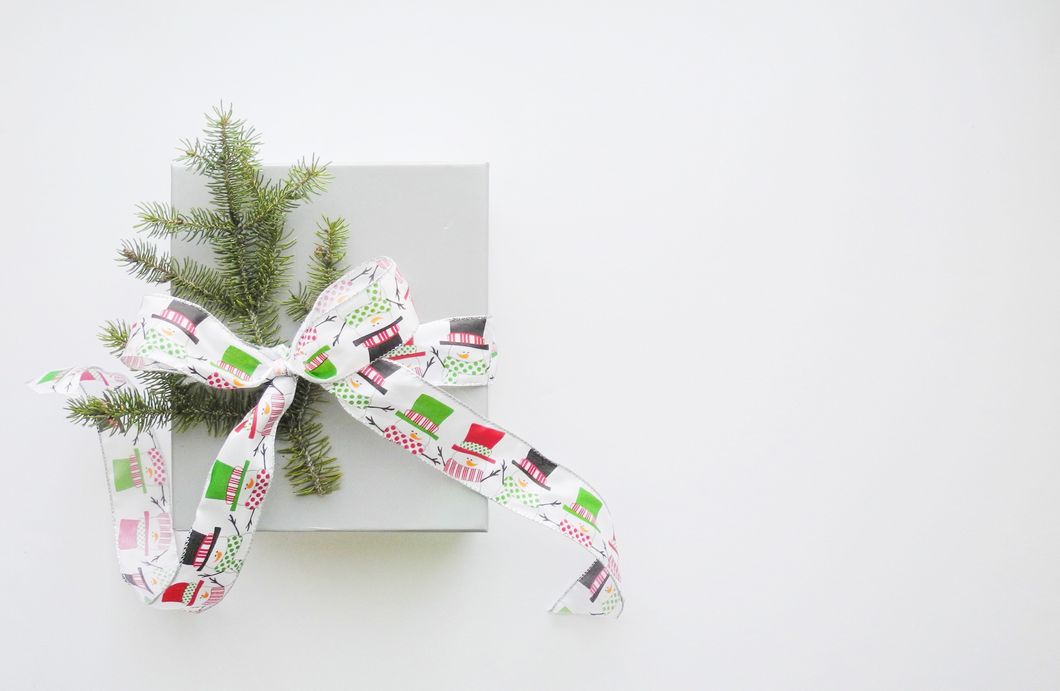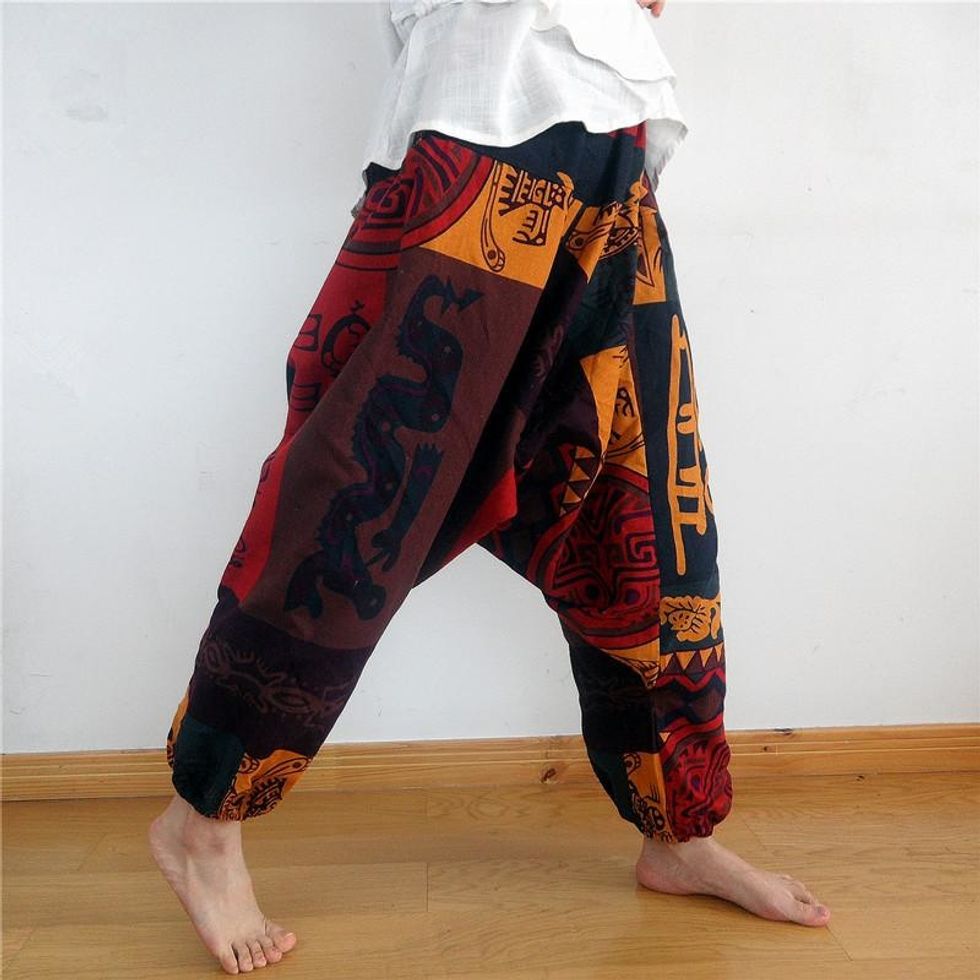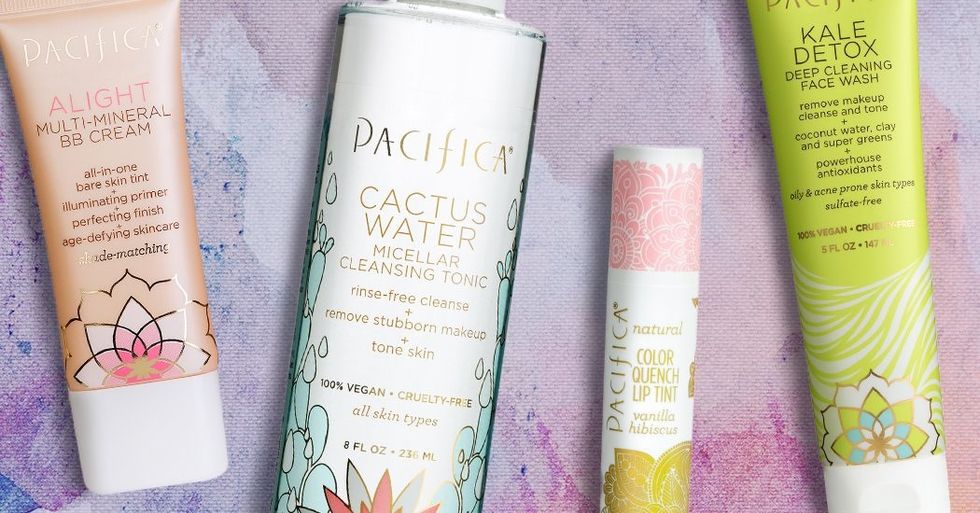Why It Costs More To Buy Sustainable Clothing
Breaking the bank to create a better world.
Sustainability is something that every human on the planet should incorporate into their everyday lives. We have recently been greatly encouraged to cut down, consume less, and become more conscious of the materials we use. A great step towards sustainability has come from environmentally conscious clothing brands, becoming the source of fashion and staples for many. Despite the importance of a more conscious and aware industry, the factors playing into sustainable/ethical clothing end up increasing the literal price of products. If sustainability is encouraged and important, why is ethical clothing so hard to afford?
Some popular clothing companies that promise sustainable items include Reformation, Everlane, Outdoor Voices, and Patagonia. Prices range from around $58 for a button-up top to over $200 for a simple cotton dress. Some of the prices seem insane for those of us who refuse to invest large sums of money into basic items of clothing, but the high prices are there for a reason.
To completely understand the extreme prices, it is important to identify what exactly makes a clothing brand sustainable. Clothing sustainability is best defined as the responsibility producers have in calculating short and long term supply life of materials, while also taking into account the economic consequences and the ethical means of production that items may have. It can be a complex definition, but when broken down, is a very clear concept for making the world a better place.
Sustainability considers every point of an item's life; from production to exportation, to packaging, all the way down to consumption. Fairtrade clothing companies also consider where their materials are sourced and the pay their garment workers deserve. When a company says they are sustainable, they are expected to be transparent with their customers, always looking for ways to be better, and communicating their progress to the public.
Fast fashion clothing provides for harmful factory conditions, toxic chemicals, and poor pay for workers. Many times, workers are exploited and lack living wages to truly support their families. Clothing brands will throw out new styles trend after trend. These clothing items are usually cheaper and of lesser quality, resulting in a short lifespan, eventually producing more waste. Sustainable clothing recognizes environmental issues along with people's lives. Because of this, materials are usually more environmentally friendly/organic or recycled.
They are sourced more directly, upping the price on custom materials. This sourcing reduces waste and harmful chemicals used in producing clothing. There has been a huge interest recently in turning plastic bottles into puffer jackets, shoes, and rainwear. This "plastic fashion" has consequences of its own but is a huge step in reusing materials that would otherwise end up in our oceans. Many companies use other recycled materials and clothing to create re-used clothing.
So, sustainable clothing is generally more expensive because you are paying for clothing that will last longer, will have produced less waste, and has ethically supported the person who made the garment.
What should we do if we want to live more sustainably and support ethical brands but don't have the funds to do so? Luckily there are some companies out there who are working to provide cheaper, sustainable items for those who can't afford the pricier ones. Everlane actually has some pretty affordable pieces and often has sales on their website. PACT makes affordable intimates and basics with guaranteed comfort. Reformation pieces can be found at Nordstrom Rack for a fraction of the prices online. You can also shop for these brands second-hand on apps like Thred-up or Depop. Also, thrifting instead of buying new is always a good way to shop more sustainably.
Simply shopping less often and being mindful of where your clothing is coming from counts as living sustainably. When it comes down to protecting the planet and the people who inhabit it, it may be better for us to save our coins and purchase long-lasting, versatile pieces.


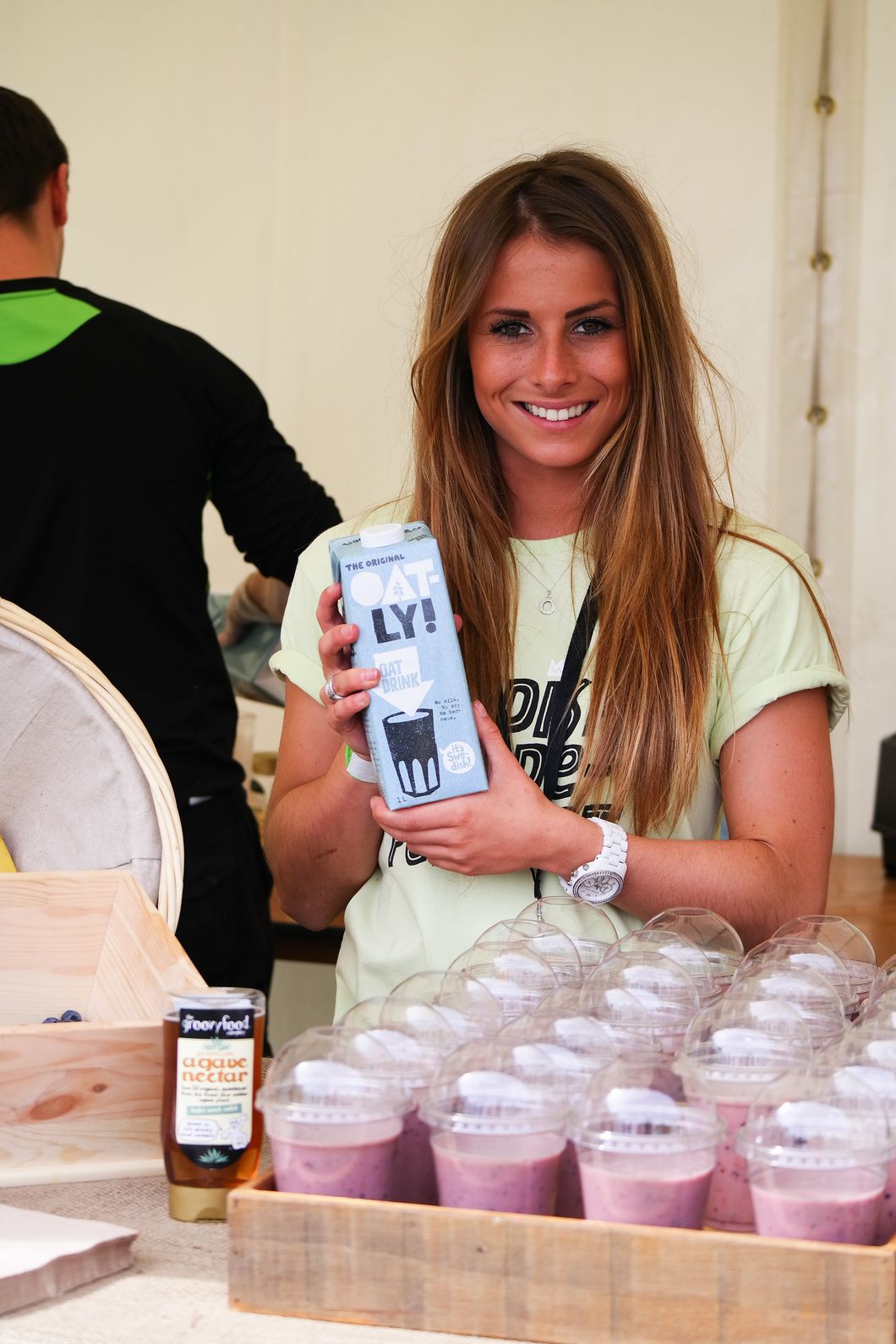
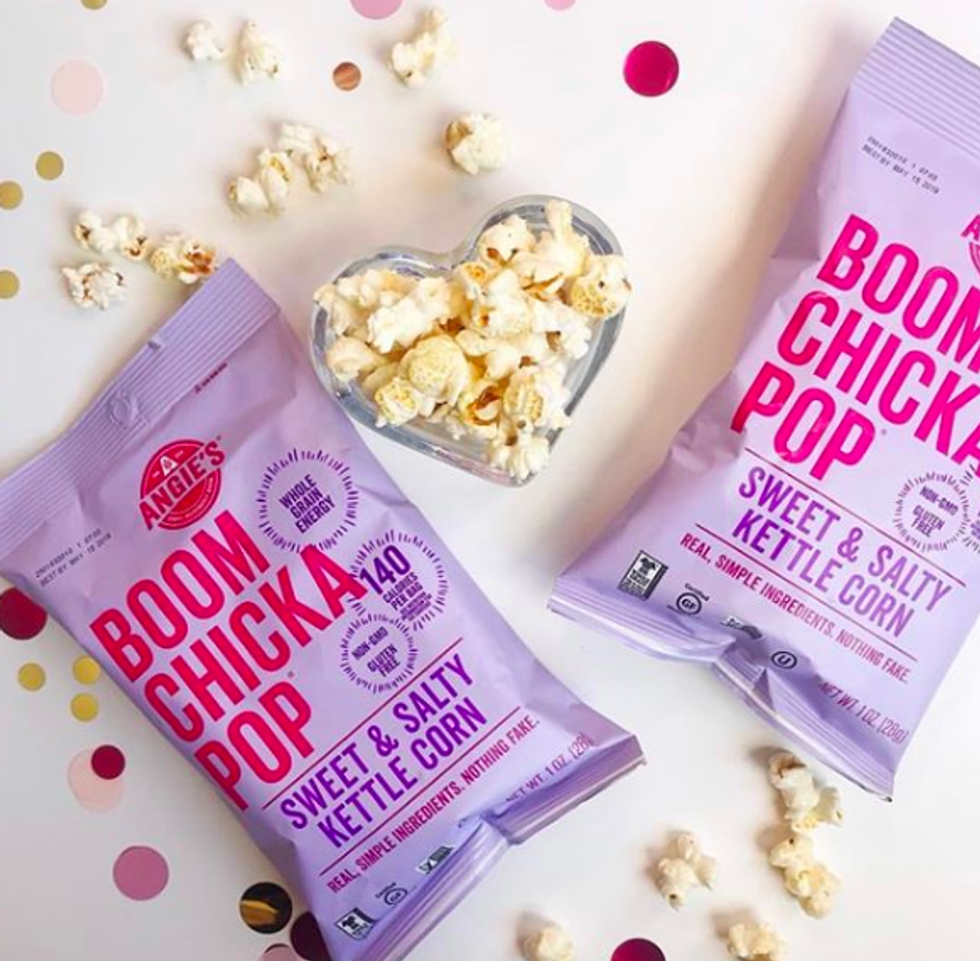



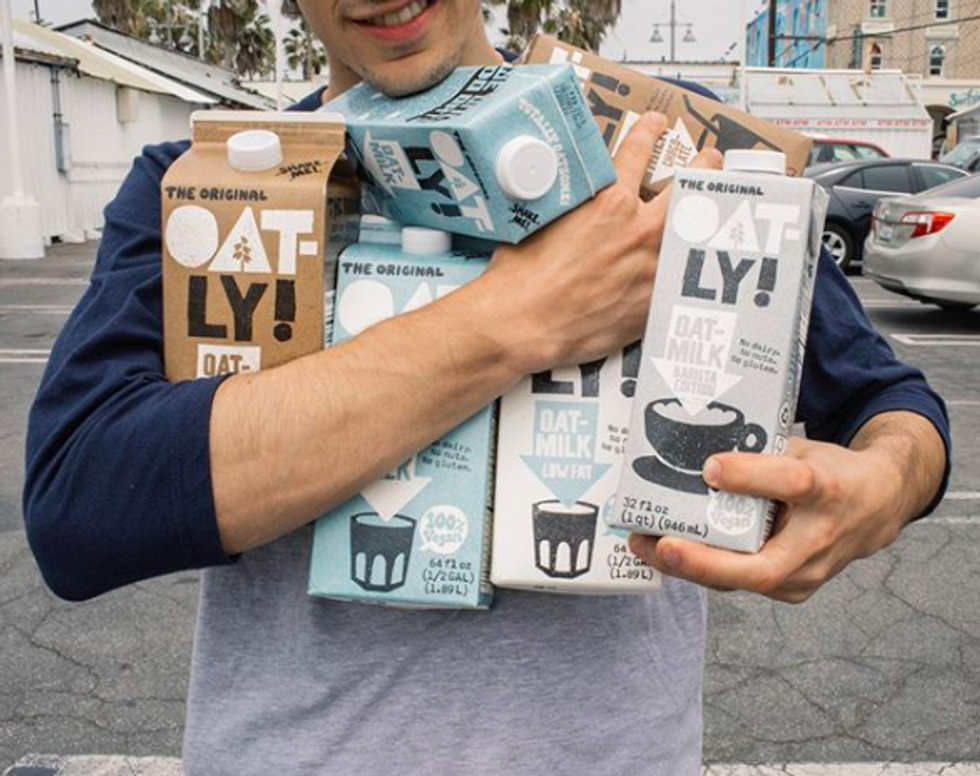

 "Zero Waste Starter Kit"Package Free Shop
"Zero Waste Starter Kit"Package Free Shop An example of "greenwashing" in household itemsEluxe Magazine eluxemagazine.com/magazine/greenwashing/
An example of "greenwashing" in household itemsEluxe Magazine eluxemagazine.com/magazine/greenwashing/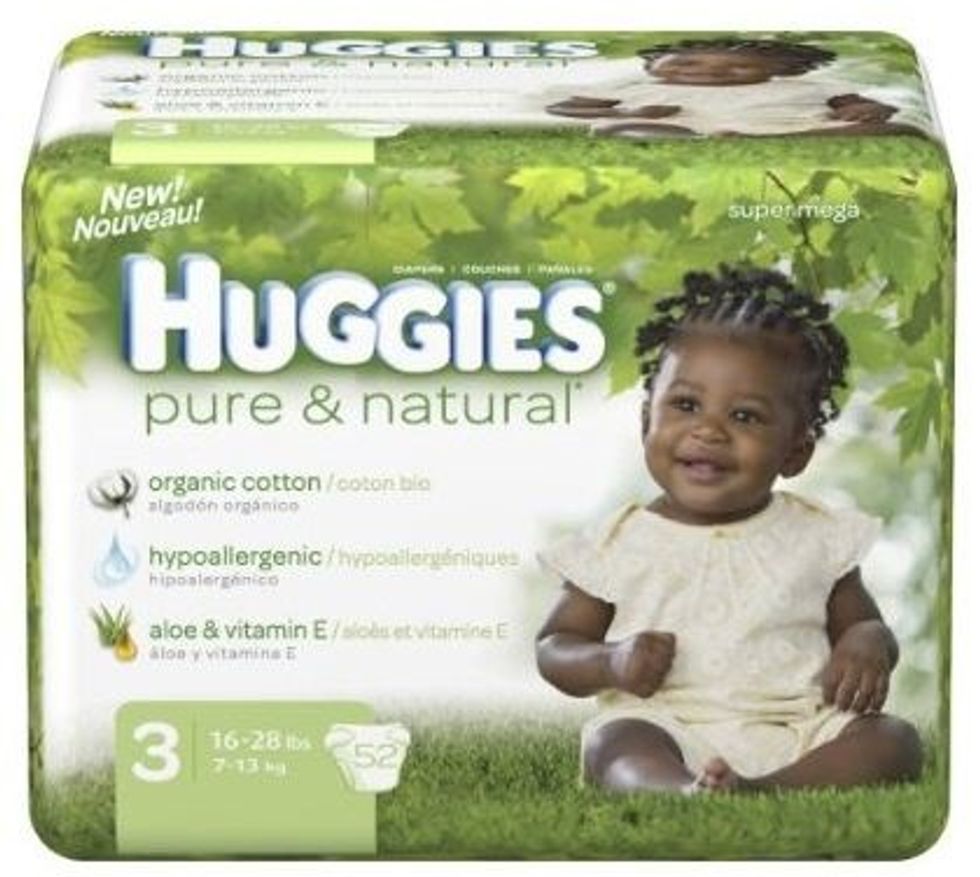 A literal example of greenwashing, adding visuals of grass and leaves to the packaging makes the consumer think the product is more eco-friendly than it's alternatives when in reality it's still waste"7 Tips to Avoid Greenwashing" goingzerowaste.com/blog/how-to-tell-if-youre-being-greenwashed
A literal example of greenwashing, adding visuals of grass and leaves to the packaging makes the consumer think the product is more eco-friendly than it's alternatives when in reality it's still waste"7 Tips to Avoid Greenwashing" goingzerowaste.com/blog/how-to-tell-if-youre-being-greenwashed
